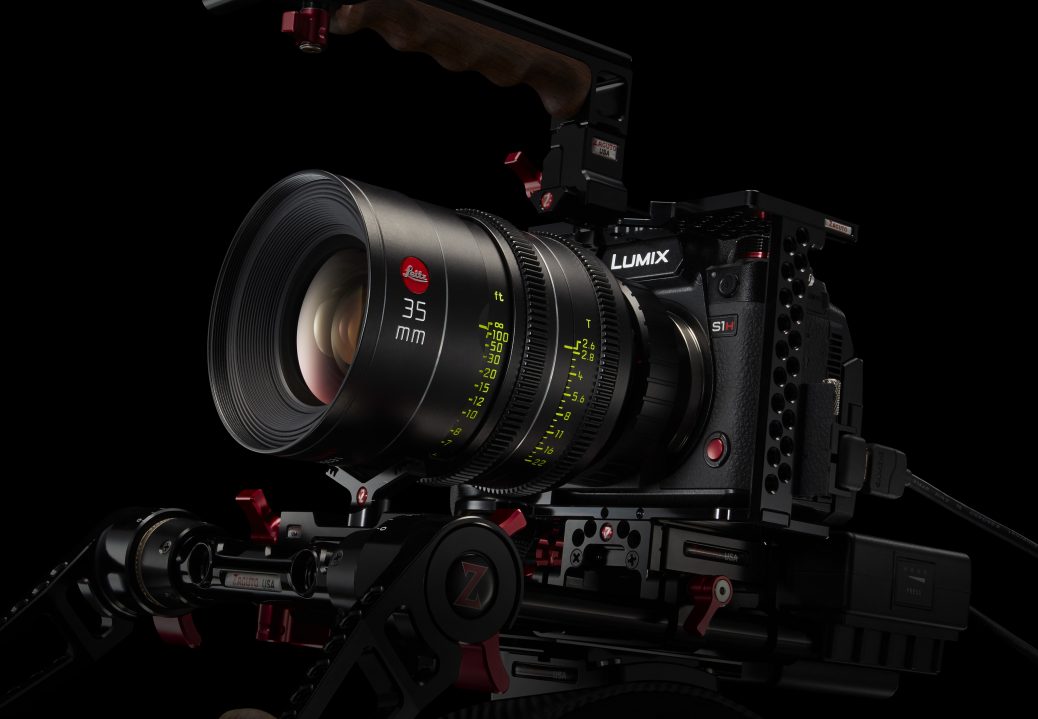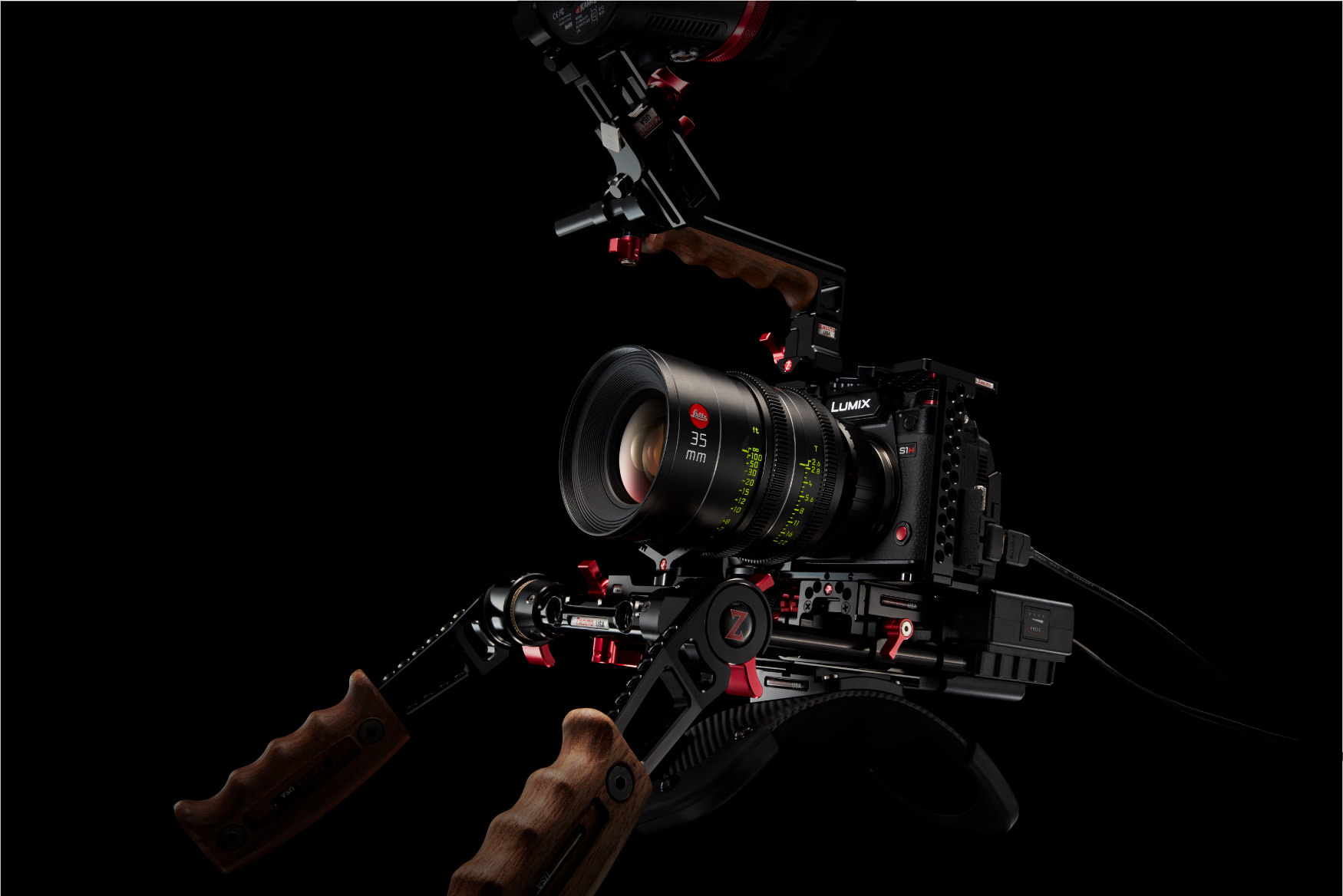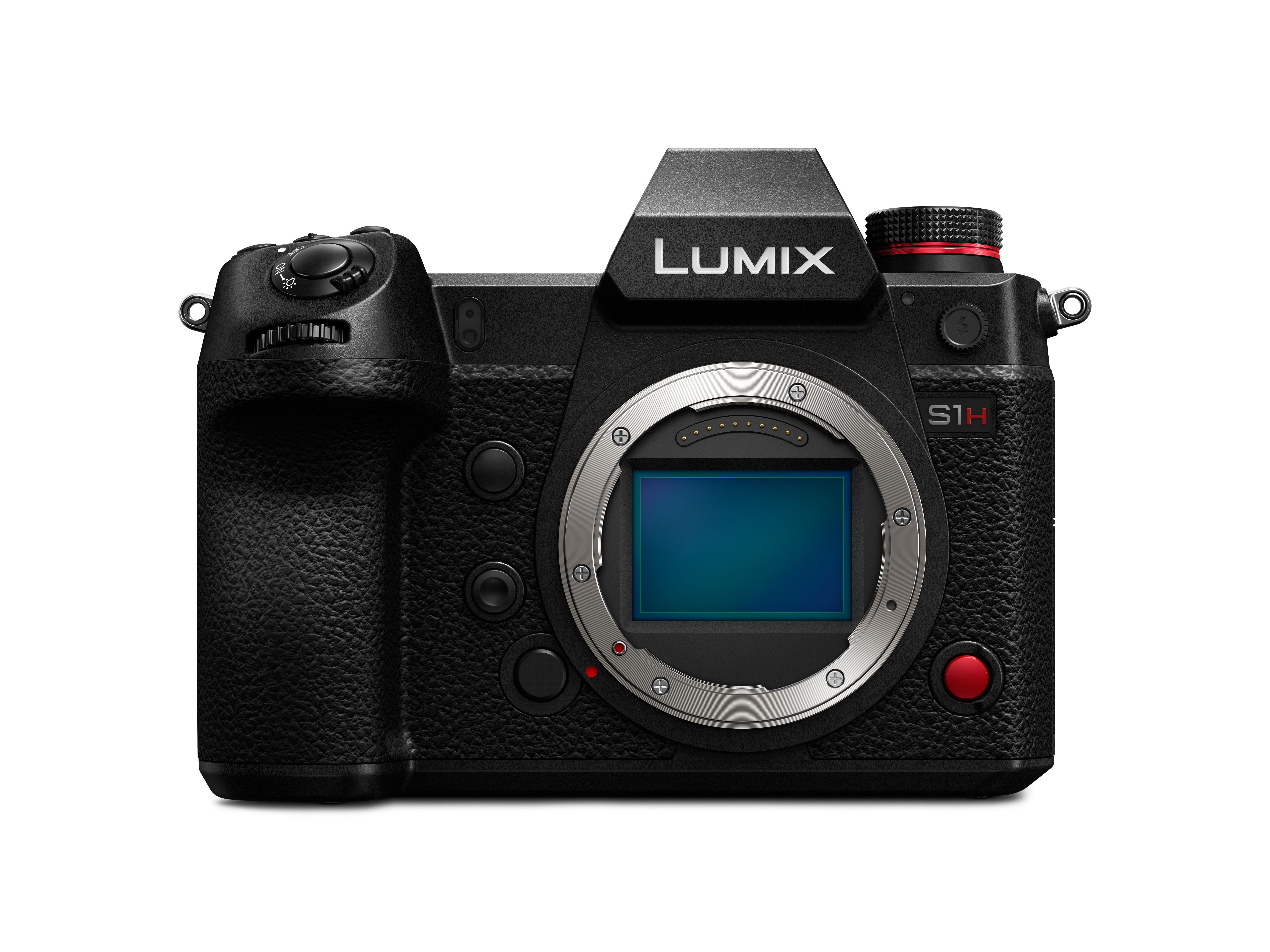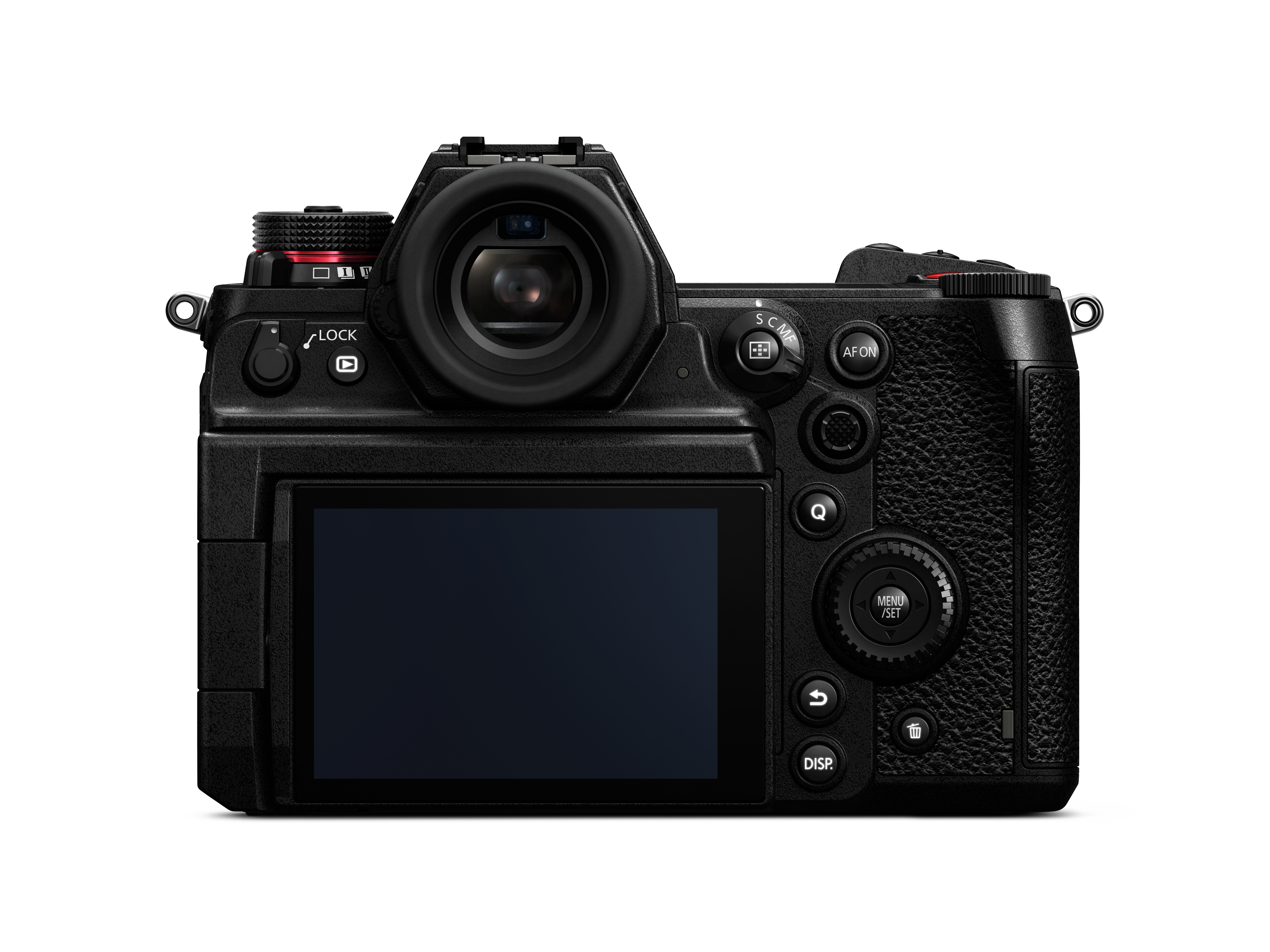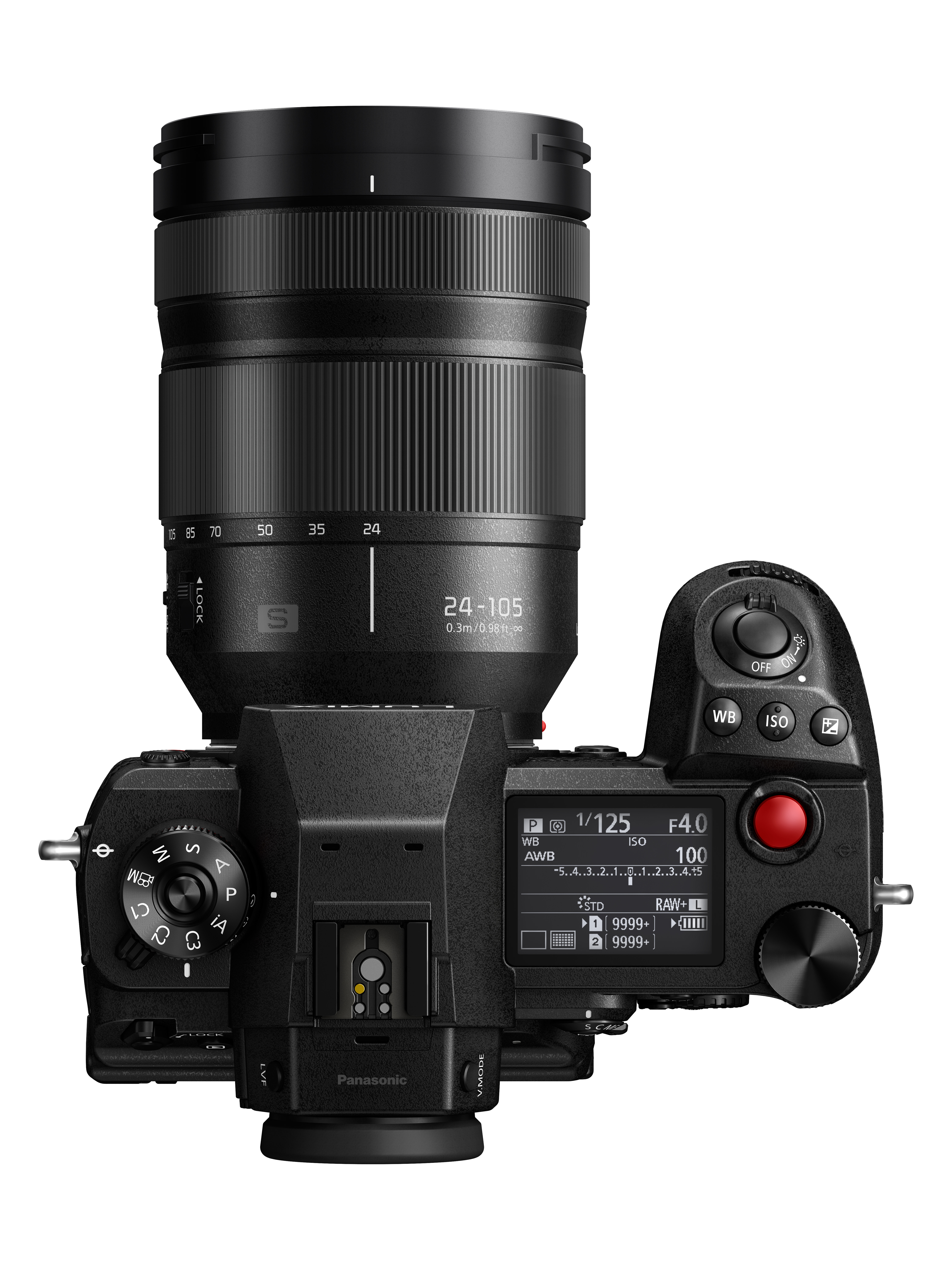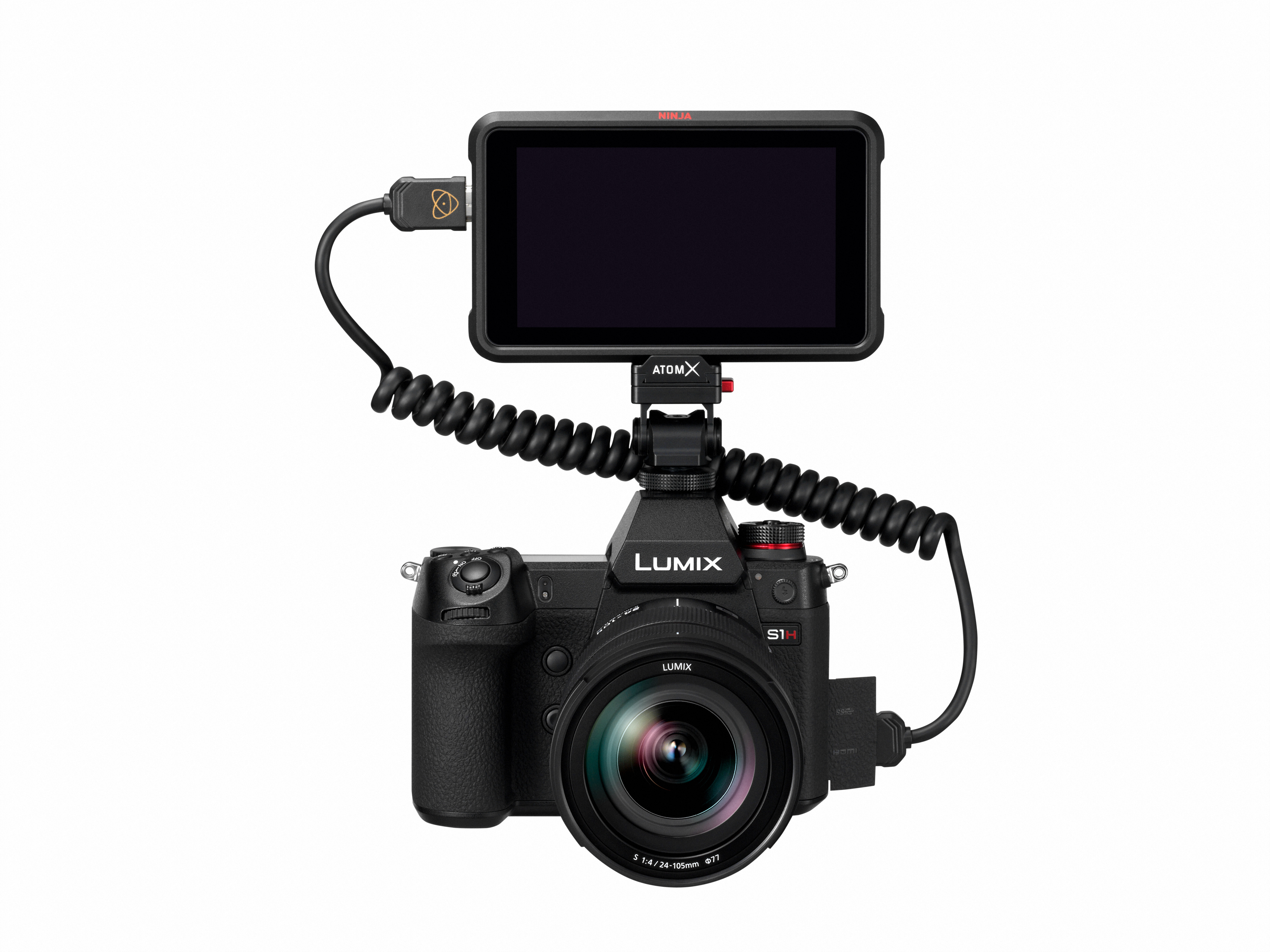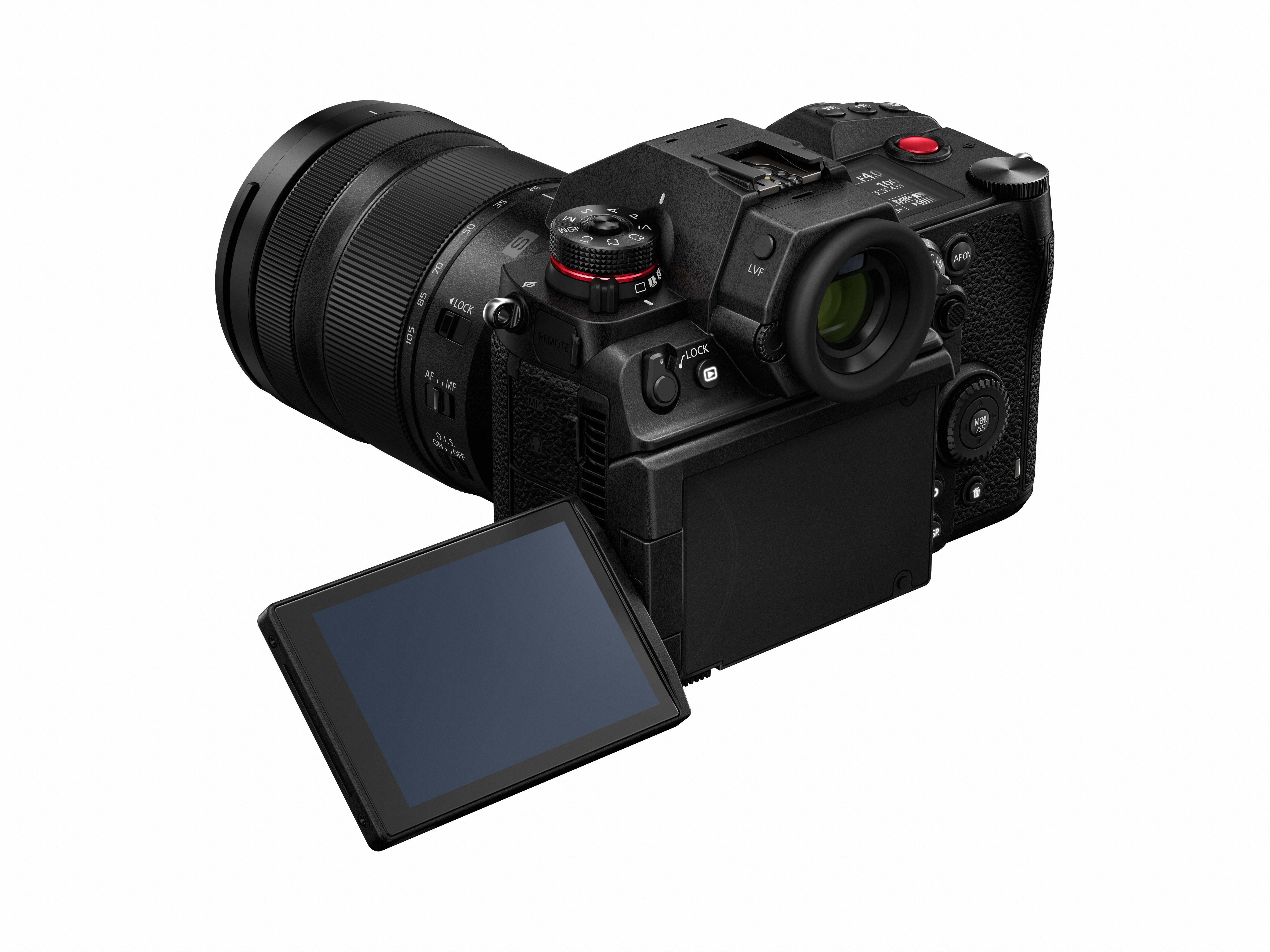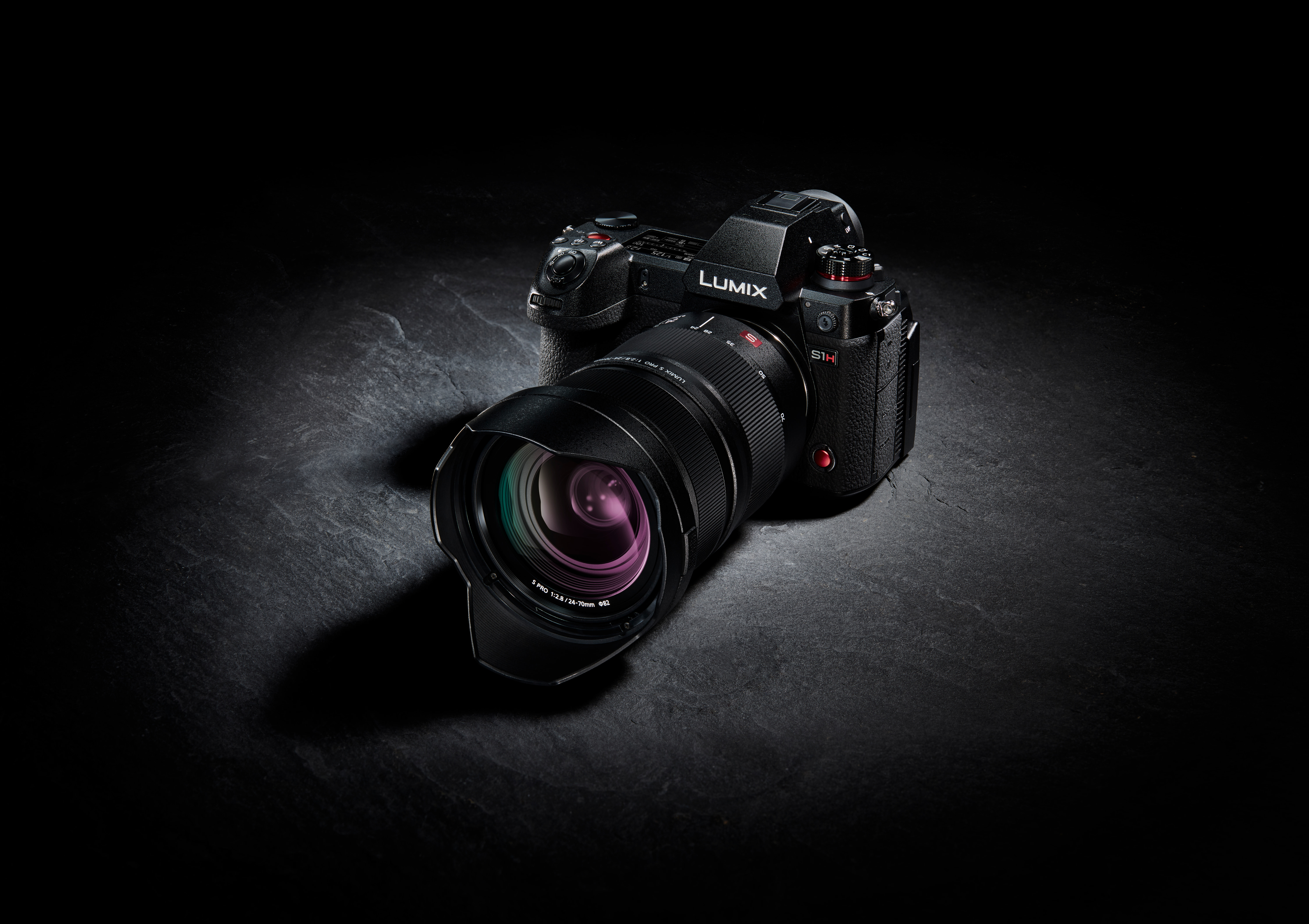A Detailed Look of the Panasonic Lumix S1H
After the last announcement from this July, we spent some time analyzing the new full-frame camera by Panasonic.
Here a detailed look at this terrific camera.
As previously announced during its development, the LUMIX S1H is the world’s first full-frame camera capable of video recording at 6K/24p (3:2 aspect ratio), 5.9K/30p (16:9 aspect ratio), and 10-bit 60p 4K/C4K.
Its newly developed 24.2-megapixel full-frame image sensor features an improved version of Panasonic’s Dual Native ISO. In combination with optimum signal processing by the camera’s Venus Engine processor, it achieves high sensitivity with minimal noise across an expansive range of ISO settings. The LUMIX S1H provides 14+ stops of dynamic range as well as V-Log / V-Gamut that are compatible with the popular “VariCam Look” colorimetry. What makes the LUMIX S1H extra special is its unlimited recording time in all recording modes, thanks to Panasonic’s unique heat dispersion technologies. HDR (High Dynamic Range) in HLG (Hybrid Log-Gamma), 4:2:2 10-bit HDMI output, and Anamorphic 4:3 modes are also available together with a variety of practical tools for film making, such as tally lights, a waveform monitor and a V-Log View Assist function.
The LUMIX S1H incorporates a Body I.S. (Image Stabiliser) to effectively compensate for hand-shake movement. Combining the Body I.S. (5-axis) and the O.I.S. (Optical Image Stabiliser, 2-axis) in the LUMIX S Series lenses, the Dual I.S. 2 compensates even more powerfully for virtually any type of camera-shake, allowing the use of a 6.5-stop longer shutter speeds. The new rear monitor, real viewfinder and status LCD are all large displays offering high resolution and high visibility, and the camera’s rugged design provides the professional-level reliability working photographers need.
The LUMIX S Series cameras use the L-Mount system to provide professional photographers with a diverse and future-proof range of products. More than 45 L-Mount interchangeable lenses, including over ten LUMIX S/S PRO lenses, will be available from Panasonic, Leica and SIGMA by the end of 2020. A variety of mount adapters/converters further expand the opportunities to use an even wider range of modern and legacy lenses. The L-Mount thereby opens up an almost limitless spectrum of new creative possibilities.
The new Lumix S1H makes video capturing a priority.
Outstanding video recording capability is the greatest feature of the LUMIX S1H, making it a professional tool for high-end film making.
The S1H features a 24.2-megapixel 35mm full-frame CMOS sensor (35.6 mm x 23.8mm) that’s capable of capturing 6K resolution video and still images measuring 6,024 x 4,016 pixels. The adoption of an OLPF (Optical Low Pass Filter) suppresses moiré, which is especially important in video, while optimal signal processing by the Venus Engine assures a maximum ISO 51200 high sensitivity for recording in low light with minimal noise.
One of the unique features of the LUMIX S1H is its dual native ISO sensitivity – a technology first introduced in Panasonic’s flagship VariCam line-up. It utilizes a process that allows the sensor to be read in a fundamentally different way and to extract more information without degrading the image. The result is a camera that can switch from a standard sensitivity to a high sensitivity with almost no increase in noise or other artifacts. Dual Native ISO gives cinematographers a greater variety of artistic choices as well as the ability to use less light on the set, thus saving time.
The LUMIX S1H’s Dual Native ISOs are 640 and 4000, which will allow cinematographers to shoot in almost any lighting environment. Normally noise increases as sensitivity rise with a single native ISO image sensor. However, the new image sensor with Dual Native ISO in the S1H minimizes noise generation by choosing the optimum circuit to use before gain processing, according to the ISO sensitivity set by the photographer. The technology allows remarkably clean recording even at the maximum ISO 51200 setting. This Dual Native ISO feature can be switched manually between LOW (ISO 640-5000) and HIGH (ISO 4000-51200), or left in AUTO mode for the camera to make the decision for you.
Dynamic range is a measure of the extremes of brightness a digital camera’s sensor can capture in a single exposure. The LUMIX S1H delivers 14+ stops of Dynamic Range – which is virtually the same as the Panasonic Cinema Cameras – to precisely reproduce detail from very dark and very bright areas.
The ability to capture accurate colors and rich skin tones is a must for any filmmaker. The LUMIX S1H imports the renowned colorimetry of the VariCam lineup of cinema cameras and offers V-Log/V-Gamut capture to deliver a high dynamic range and broad colors. V-Log renders a very flat image to retain maximum color and brightness information within the image, providing a greater level of flexibility when the images are put through post-production processes. The CMOS sensor of the LUMIX S1H achieves a wide color gamut known as V-Gamut. This is the S1H’s optimum color space and is a wider color space than BT.2020. V-Log has log curve characteristics that are somewhat reminiscent of negative film and V-Gamut delivers a color space even larger than film.
HDR (High Dynamic Range) video recording is available, which reproduces both the bright parts and dark parts of an image, making it look just like it is seen by the human eye. The camera records video with a designated gamma curve compatible with ITU-R BT.2100, and the user can now select Hybrid Log-Gamma (HLG) in the Photo Style menu.
The VFR (Variable Frame Rate) lets users record over-cranked / under-cranked video in C4K/4K (60fps, maximum 2.5x slow motion in 24p) and FHD (180fps, maximum 7.5x slow motion in 24p). The minimum frame rate for a quick motion video is 2fps. In addition, HFR (High Frame Rate) video with sound is also recordable with active autofocus. A variety of effects are available for producing a slow-motion video through the post-production process.
Practical tools like a Waveform Monitor and V-Log View Assist are also available. Tally lights are positioned on both the front and rear of the camera to indicate when it is recording, which is useful in multiple camera setups.
The LUMIX S1H integrates Body I.S. (Image Stabiliser) for powerful camera-shake and vibration correction. Panasonic has developed an algorithm that precisely calculates shake using information acquired not only from a gyro-sensor but also from the image sensor and an accelerometer sensor within the body of the camera. This enables more accurate shake detection and compensation, making it possible to use shutter speeds 6EV slower than would normally be recommended for any lens/shutter speed combination.
Combining the Body I.S. (5-axis) in the camera and the O.I.S. (Optical Image Stabiliser, 2-axis) in the LUMIX S Series lens, the 5-axis Dual I.S. 2 compensates for larger movements than are controllable by conventional methods. Maximizing both O.I.S. and B.I.S. for 6.5-stops of compensation is highly beneficial with telephoto lenses and in adverse situations such as in low-light or when one-handed shooting. The 5-axis Dual I.S. 2 works for both photo and video modes, including 4K, 6K, and anamorphic recording. The Body I.S. compensates for camera movement even when L-Mount lenses without O.I.S. are used and when other lenses are fitted via an adapter.
To achieve stable, continuous and extended video recording heat dispersion is a crucial issue. Based on the accumulated study of heat simulation through the development of both professional cinema cameras and digital still cameras, Panasonic has designed a near-silent cooling fan with an innovative structure that efficiently draws heat away from the sensor of the LUMIX S1H to support its limitless video recording capability.
To be tough enough to withstand heavy field use, the main structure of the S1H is composed of magnesium alloy with full die-cast top/front/rear frame. Robust construction and a seal for every joint, dial, and button make the LUMIX S1H not only splash resistant and dust resistant but also freeze-resistant down to -10 degrees Centigrade. The durable shutter unit is also tested for approximately 400,000 cycles.
The LUMIX S1H is equipped with a double SD memory card slot, compatible with the high-speed, high-capacity UHS-II and Video Speed Class 90. Users have the flexibility to choose the recording method from Relay Recording, Backup Recording or Allocation Recording which enables the saving of video and photo data on separate cards. The 7.4-V 3,050mAh high-capacity battery achieves a long recording time of approximately 2 hours in all recording modes. The battery can be quickly charged via USB PD (USB Power Delivery) using the bundled USB3.1 Type-C cable. The battery charger also complies with USB PD and enables quick power charging in approximately two hours. The camera can be used while charging via this adaptor.
The LUMIX S1H is not just a high-quality video camera, it is also capable of producing stunning still images in 14-bit RAW format for precise reproduction of color, tone, and detail.
Taking full advantage of its high-resolution sensor, the LUMIX S1H offers High-Resolution mode that faithfully captures the tiniest details in beautiful, highly-realistic RAW and/or JPEG images. Eight images are recorded automatically while the camera shifts its sensor via the Body I.S. (Image Stabiliser) mechanism. The images are internally combined using the latest high-speed Venus Engine to create a 96-megapixel equivalent (12,000 x 8,000-pixel) picture. This magnificently high-resolution mode is ideal for stationary subjects using a tripod, such as landscape and fine art photography. However, a Motion Blur option in the High-Resolution menu also allows it to be used in situations where there are moving elements in the scene.
Panasonic has achieved a high-speed AF system using its advanced technology in its lens, sensor and imaging engine. The lens and sensor communicate at a maximum 480fps, and combining Contrast AF with DFD technology, the LUMIX S1H realizes an ultra-high-speed, high-precision AF of approximately 0.08 sec.
The LUMIX S1H also boasts high-speed burst shooting at 9fps (AFS) or 6fps (AFC), and with its high subject-tracking performance it never loses the target subject. As a camera that excels in low-light shooting, the LUMIX S1H boasts -6EV luminance detection performance with Low Light AF thanks to the higher sensitivity and optimised tuning of the sensor. Face/eye detection technology makes it possible to capture people in crisp focus, as eye AF even detects the subject’s pupil and precisely focuses on it for impressive portrait shooting. The LUMIX S1H also incorporates Advanced AI Technology that detects specific subjects, such as humans and fast-moving animals, including canines, felines, and birds. The camera keeps tracking these subjects even when they turn their back to the camera.
Panasonic has achieved a high-speed AF system using its advanced technology in its lens, sensor and imaging engine. The lens and sensor communicate at a maximum 480fps, and combining Contrast AF with DFD technology, the LUMIX S1H realizes an ultra-high-speed, high-precision AF of approximately 0.08 sec.
The LUMIX S1H also boasts high-speed burst shooting at 9fps (AFS) or 6fps (AFC), and with its high subject-tracking performance it never loses the target subject. As a camera that excels in low-light shooting, the LUMIX S1H boasts -6EV luminance detection performance with Low Light AF thanks to the higher sensitivity and optimised tuning of the sensor. Face/eye detection technology makes it possible to capture people in crisp focus, as eye AF even detects the subject’s pupil and precisely focuses on it for impressive portrait shooting. The LUMIX S1H also incorporates Advanced AI Technology that detects specific subjects, such as humans and fast-moving animals, including canines, felines, and birds. The camera keeps tracking these subjects even when they turn their back to the camera.
The new Panasonic Lumix S1H is available for preorder now for $3997.99.

